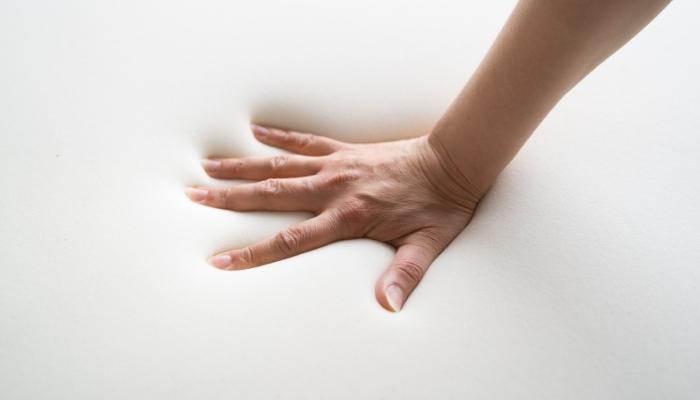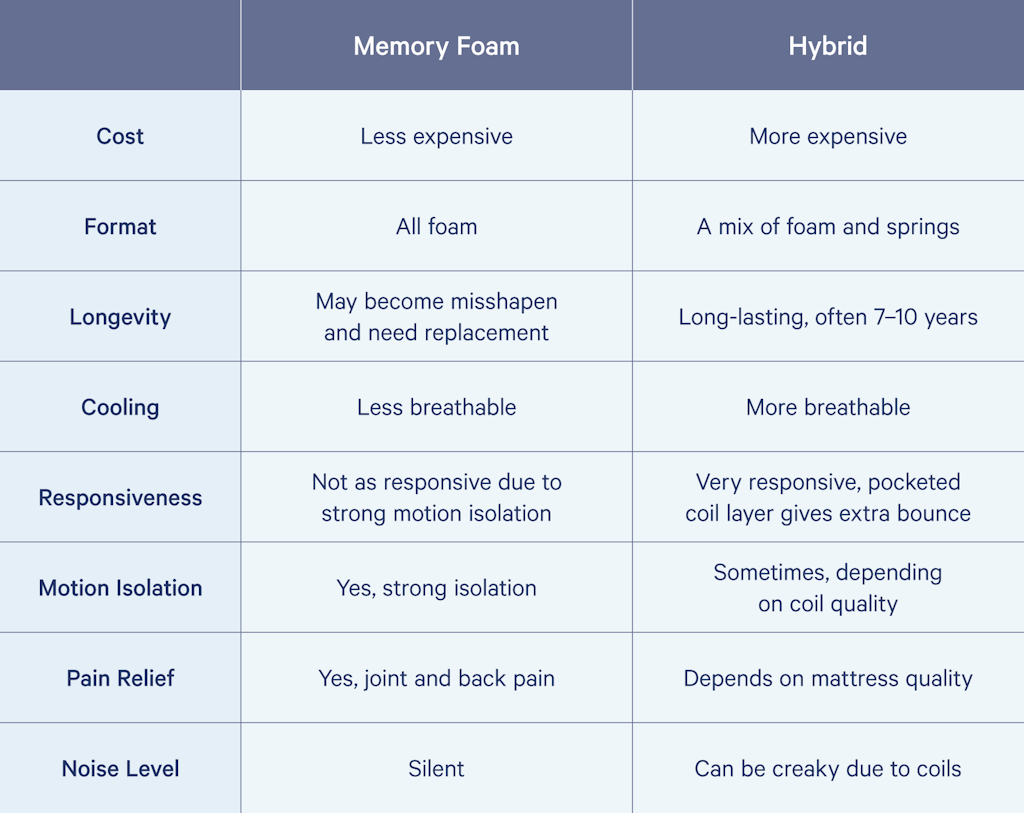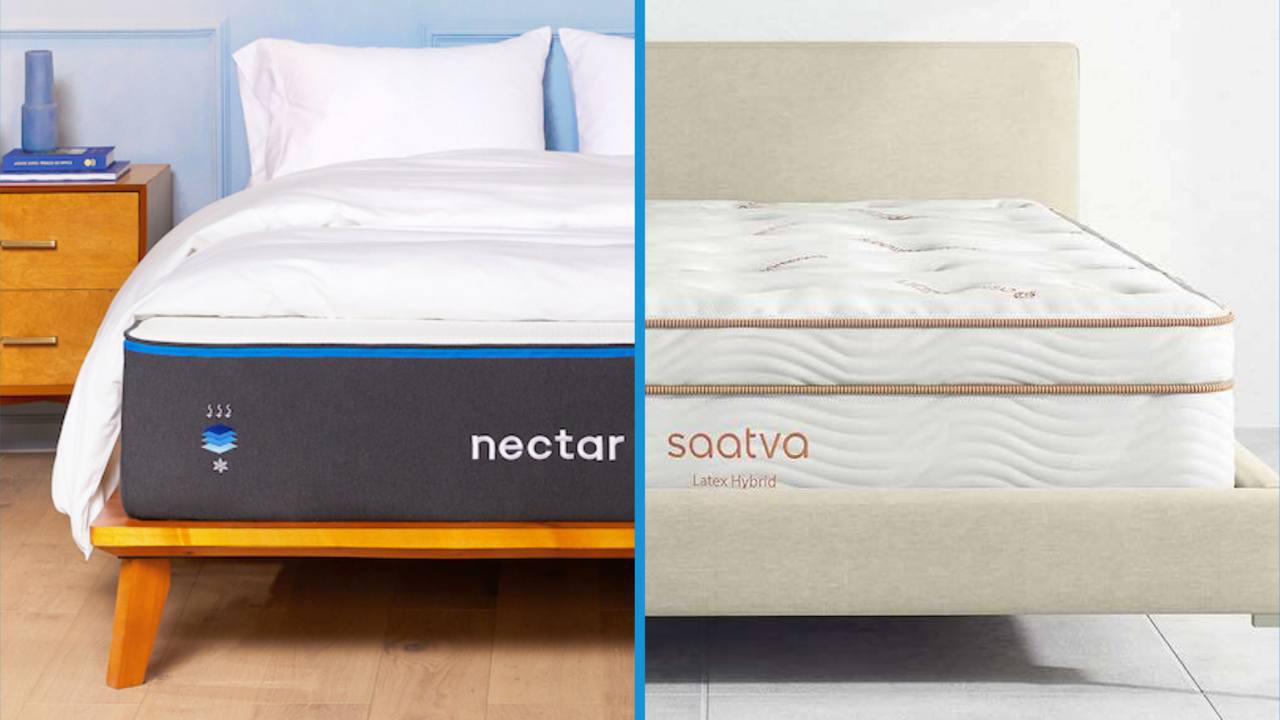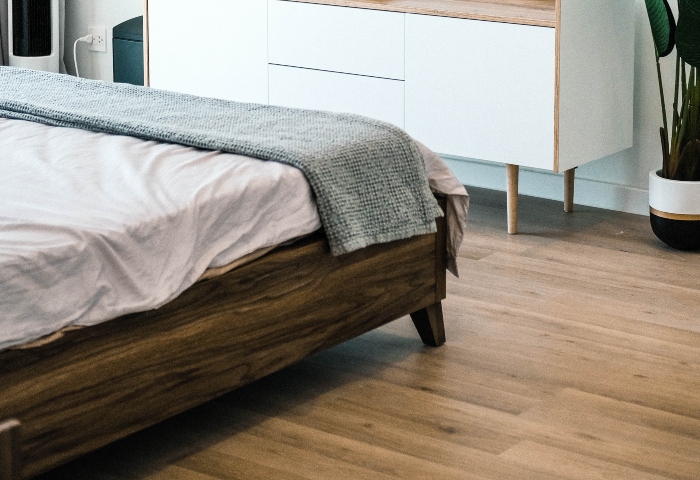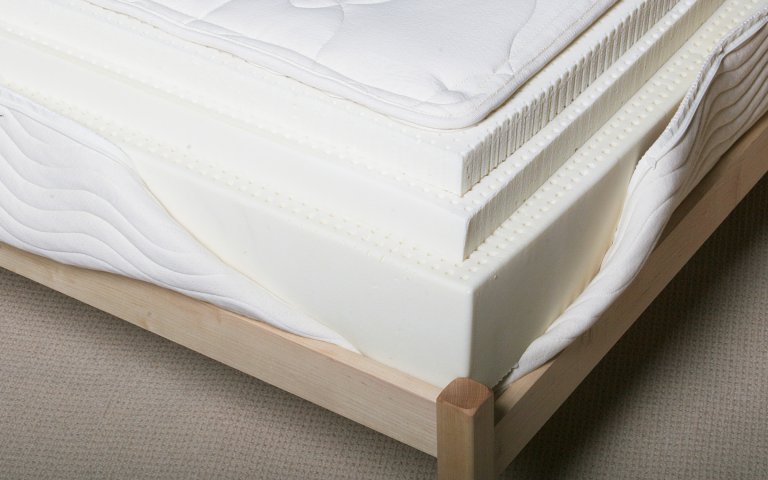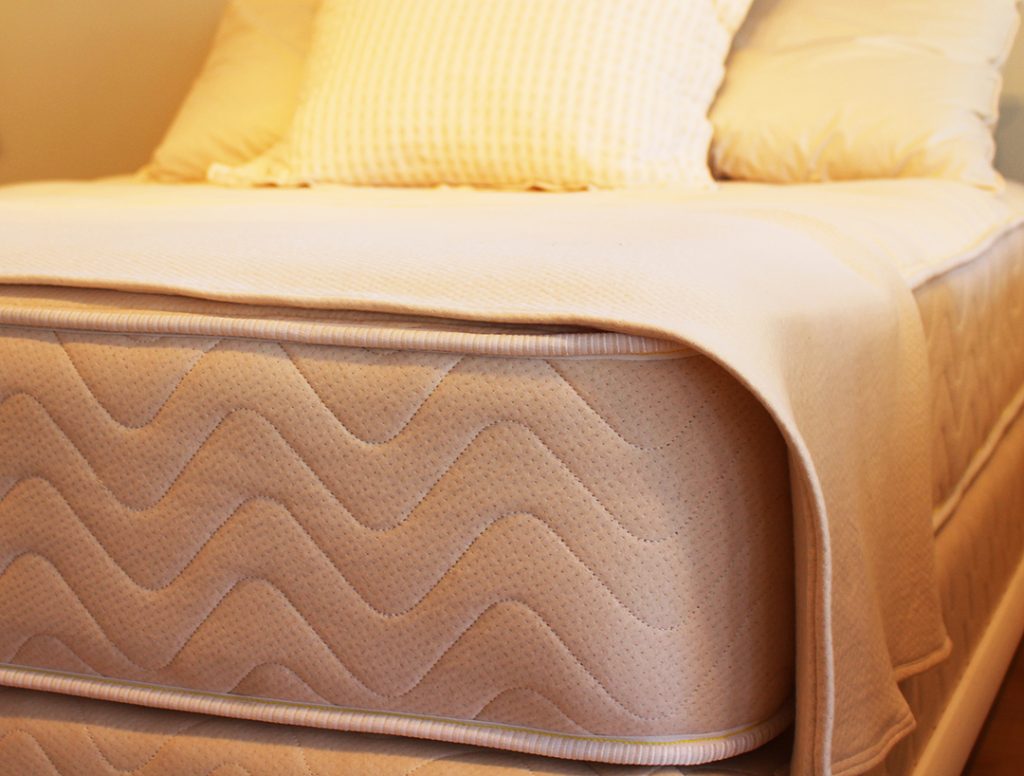When it comes to choosing a mattress for your baby, there are many options available on the market. Two popular choices are foam and latex mattresses. While both of these materials may seem similar, there are some key differences that are important to consider when making your decision. In this article, we will explore the differences between foam and latex mattresses and help you determine which one is the best choice for your baby's sleep needs.Foam vs Latex Mattresses: What's the Difference?
Before we dive into the specifics of foam and latex mattresses, it's important to understand the general pros and cons of each material. Foam mattresses are typically made from polyurethane foam, which offers a soft and comfortable sleeping surface. They are also known for being lightweight and easy to move around, making them a practical choice for parents. However, foam mattresses may also be more prone to sagging and may not offer the same level of support as other materials. On the other hand, latex mattresses are made from natural or synthetic rubber and are known for their durability and support. They are also hypoallergenic and resistant to dust mites, making them a great choice for babies with allergies or sensitive skin. However, latex mattresses can be more expensive than foam mattresses and may have a firmer feel, which may not be suitable for all babies.The Pros and Cons of Foam and Latex Mattresses
When it comes to choosing between foam and latex mattresses for your baby, it's important to consider their individual sleep needs. For babies who are lightweight and still developing, a foam mattress may provide enough support and comfort. Foam mattresses may also be a more affordable option for parents on a budget. However, if your baby is heavier or has specific sleep needs, a latex mattress may be a better choice. The natural elasticity of latex can provide more support and cushioning for your baby's developing body. Additionally, the hypoallergenic properties of latex can help reduce the risk of allergies or skin irritation for sensitive babies.Choosing the Right Mattress for Your Baby: Foam vs Latex
When it comes to promoting healthy sleep for your baby, both foam and latex mattresses can provide a comfortable and supportive sleeping surface. However, the decision ultimately comes down to your baby's individual needs and your personal preferences. If you are looking for a budget-friendly option that is lightweight and easy to move, a foam mattress may be the better choice. Alternatively, if you are willing to invest in a more durable and supportive mattress for your baby, a latex mattress may be the way to go.Foam vs Latex: Which is Better for Your Baby's Sleep?
Both foam and latex mattresses offer unique benefits for your baby's sleep. Foam mattresses are known for their comfort and softness, making them a great choice for babies who need a gentle sleeping surface. Additionally, foam mattresses are typically hypoallergenic and resistant to dust mites, making them a safer choice for babies with allergies. On the other hand, latex mattresses provide excellent support and durability. This can be especially beneficial for heavier babies or those who need extra support for their developing bodies. Latex mattresses are also known for their ability to regulate temperature, which can be helpful for babies who tend to get too hot or too cold while sleeping.The Benefits of Foam and Latex Mattresses for Babies
One key difference between foam and latex mattresses is their level of firmness. Foam mattresses are typically softer, while latex mattresses are firmer. This may be an important factor to consider for babies who need a specific level of support for their bodies. Additionally, foam mattresses may be more prone to sagging over time, while latex mattresses are known for their durability and ability to maintain their shape. This can be an important consideration for parents who want a mattress that will last through their baby's early years.Understanding the Differences Between Foam and Latex Mattresses for Babies
Both foam and latex mattresses are generally considered safe for babies. However, there are some factors to consider when it comes to choosing the safest option for your little one. Foam mattresses are typically made of synthetic materials, which may contain chemicals that could be harmful to your baby. It's important to look for foam mattresses that are certified as non-toxic and free of harmful chemicals. On the other hand, latex mattresses are made from natural materials and are generally considered safer for babies.Foam vs Latex: Which is Safer for Your Baby?
Comfort and support are two important factors to consider when choosing a mattress for your baby. While both foam and latex mattresses offer different levels of comfort and support, the best choice for your baby will depend on their individual needs. Foam mattresses are generally softer and provide a more cushioned sleeping surface, which may be the best choice for babies who need a gentler surface. On the other hand, latex mattresses are firmer and offer more support, which may be beneficial for heavier or more active babies.Comparing the Comfort and Support of Foam and Latex Mattresses for Babies
For eco-conscious parents, the environmental impact of a mattress may be an important factor to consider. Foam mattresses are typically made from synthetic materials and may not be the most environmentally friendly choice. However, some foam mattresses are made with eco-friendly materials, so it's important to do your research before making a purchase. Latex mattresses, on the other hand, are made from natural materials and are generally considered a more environmentally friendly option. This can be a great choice for parents who want to reduce their carbon footprint and provide a safe and sustainable sleeping surface for their baby.The Environmental Impact of Foam and Latex Mattresses for Babies
When it comes to durability, latex mattresses are typically the better choice. The natural elasticity of latex allows it to maintain its shape and support over time, making it a more long-lasting option for your baby's mattress. Foam mattresses, on the other hand, may be more prone to sagging and may need to be replaced more frequently. In conclusion, both foam and latex mattresses offer unique benefits for your baby's sleep. While foam mattresses may be a more budget-friendly option, latex mattresses provide superior support and durability. Ultimately, the best choice for your baby will depend on their individual needs and your personal preferences.Foam vs Latex: Which is More Durable for Your Baby's Mattress?
Baby Mattress Foam vs Latex: Which is the Best Choice for Your Little One?

The Importance of Choosing the Right Mattress for Your Baby
 When designing a nursery for your little one, one of the most important decisions you'll have to make is choosing the right
baby mattress
. As a
new parent
, it's natural to want the best for your child, and that includes providing them with a safe and comfortable sleeping environment. With so many options available, it can be overwhelming to decide between
foam
or
latex
mattresses for your baby. Let's take a closer look at the differences between these two materials and determine which is the better choice for your little one.
When designing a nursery for your little one, one of the most important decisions you'll have to make is choosing the right
baby mattress
. As a
new parent
, it's natural to want the best for your child, and that includes providing them with a safe and comfortable sleeping environment. With so many options available, it can be overwhelming to decide between
foam
or
latex
mattresses for your baby. Let's take a closer look at the differences between these two materials and determine which is the better choice for your little one.
Understanding the Differences between Foam and Latex Mattresses
 Foam mattresses
are typically made from polyurethane foam, a synthetic material that is known for its
soft and cushiony
feel. On the other hand,
latex mattresses
are made from natural rubber and are known for their
firm and supportive
structure. Both materials have their own unique benefits and it's important to consider these when choosing a mattress for your baby.
Foam mattresses
are typically made from polyurethane foam, a synthetic material that is known for its
soft and cushiony
feel. On the other hand,
latex mattresses
are made from natural rubber and are known for their
firm and supportive
structure. Both materials have their own unique benefits and it's important to consider these when choosing a mattress for your baby.
The Benefits of Foam Mattresses for Your Baby
 Foam mattresses
are
lightweight and easy to move
, making it convenient for parents to change sheets or move the mattress when needed. They are also
hypoallergenic
, which is a crucial factor for babies with allergies or sensitive skin. Foam mattresses also offer good
support and cushioning
, providing a comfortable sleep surface for your little one.
Foam mattresses
are
lightweight and easy to move
, making it convenient for parents to change sheets or move the mattress when needed. They are also
hypoallergenic
, which is a crucial factor for babies with allergies or sensitive skin. Foam mattresses also offer good
support and cushioning
, providing a comfortable sleep surface for your little one.
The Benefits of Latex Mattresses for Your Baby
 Latex mattresses
are
long-lasting
, making them a great investment for your child's nursery. They also have
excellent breathability
, allowing for good airflow and preventing your baby from overheating during sleep.
Natural latex
is also a
chemical-free
and
eco-friendly
option, making it a popular choice for parents who prioritize sustainability.
Latex mattresses
are
long-lasting
, making them a great investment for your child's nursery. They also have
excellent breathability
, allowing for good airflow and preventing your baby from overheating during sleep.
Natural latex
is also a
chemical-free
and
eco-friendly
option, making it a popular choice for parents who prioritize sustainability.
Which is the Best Choice for Your Baby?
 Ultimately, the
best choice
between foam and latex mattresses for your baby will depend on your personal preferences and needs. Foam mattresses are a great choice for parents looking for a lightweight and hypoallergenic option, while latex mattresses offer durability and breathability. Whichever option you choose, make sure to
choose a high-quality and well-constructed
mattress that will provide your baby with a comfortable and safe sleeping surface.
In conclusion, choosing the right
baby mattress
is an important decision for new parents. Consider the differences between foam and latex mattresses and choose the one that best fits your needs and preferences. With a comfortable and safe sleeping environment, your little one will be able to get the rest they need to grow and thrive.
Ultimately, the
best choice
between foam and latex mattresses for your baby will depend on your personal preferences and needs. Foam mattresses are a great choice for parents looking for a lightweight and hypoallergenic option, while latex mattresses offer durability and breathability. Whichever option you choose, make sure to
choose a high-quality and well-constructed
mattress that will provide your baby with a comfortable and safe sleeping surface.
In conclusion, choosing the right
baby mattress
is an important decision for new parents. Consider the differences between foam and latex mattresses and choose the one that best fits your needs and preferences. With a comfortable and safe sleeping environment, your little one will be able to get the rest they need to grow and thrive.



